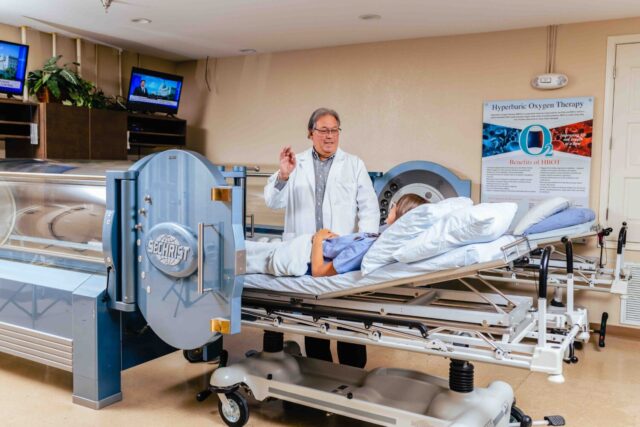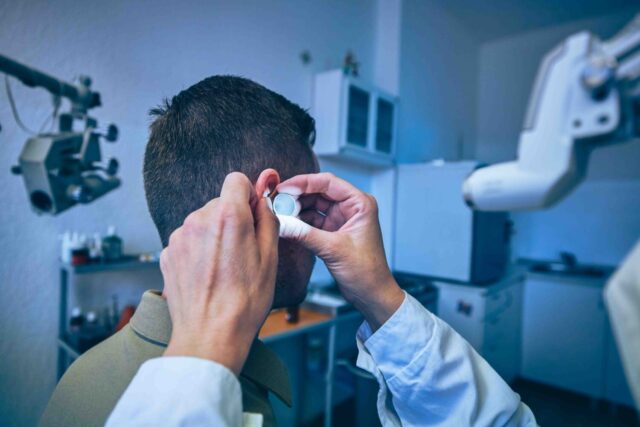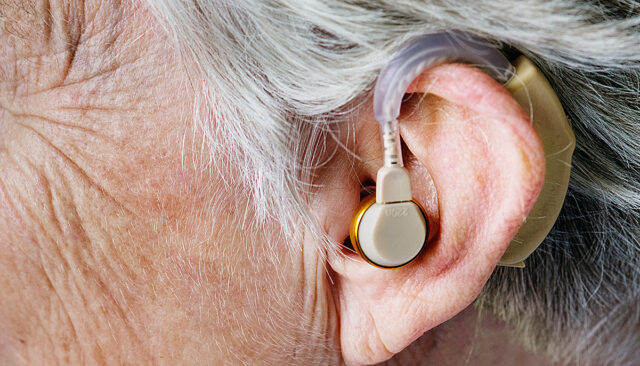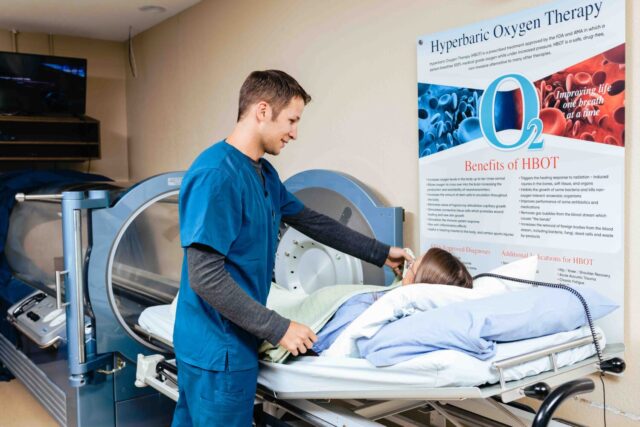
Hyperbaric Oxygen Therapy (HBOT) has emerged as a revolutionary medical treatment, gaining attention for its diverse applications in health care. Central to this therapy are hyperbaric oxygen chambers, specialized equipment that dramatically increases the atmospheric pressure, allowing patients to breathe pure oxygen.
Hearing loss, a prevalent health issue affecting millions, has long been a focus of medical research, leading to the exploration of innovative treatments like HBOT. This article aims to explore the effectiveness of hyperbaric chambers in treating hearing loss, scrutinizing the research, and analyzing real-world applications to provide a comprehensive view of this novel approach.
What is Hyperbaric Oxygen Therapy?

Hyperbaric Oxygen Therapy, administered in hyperbaric oxygen chambers, is a medical treatment where patients breathe 100% oxygen at higher than normal atmospheric pressures.
The principle behind these hyper chambers is simple yet profound: by increasing atmospheric pressure, the amount of oxygen dissolved in the bloodstream significantly increases, leading to enhanced oxygen delivery to tissues and organs.
Historically, these hyperbaric oxygen machines were developed for deep-sea divers suffering from decompression sickness. However, their role has expanded to treat a range of conditions from diabetic foot ulcers to carbon monoxide poisoning.
HBOT’s Mechanism of Action
The therapeutic efficacy of Hyperbaric Oxygen Therapy (HBOT) is intricately linked to the body’s oxygen transport mechanisms. When a patient enters a hyperbaric chamber, the environment’s pressure is significantly increased, often to two to three times the normal atmospheric pressure.
This increase in pressure, coupled with the inhalation of 100% oxygen, leads to a substantial elevation in the amount of oxygen dissolved in the patient’s plasma.
This phenomenon of hyper-oxygenation plays a pivotal role in HBOT’s healing process. Under normal conditions, oxygen is primarily transported throughout the body bound to hemoglobin in red blood cells.
However, the increased solubility of oxygen in blood plasma under hyperbaric conditions allows for enhanced oxygen delivery to tissues. This is particularly beneficial in areas where circulation is impaired or where red blood cells are unable to effectively penetrate due to injury, inflammation, or edema.
Moreover, the elevated oxygen levels within the tissues have several therapeutic effects. Firstly, they can directly counteract hypoxia, a condition where parts of the body are deprived of adequate oxygen.
Hypoxia is a common factor in many types of tissue damage and is particularly detrimental to wound healing. The oxygen-rich environment fostered by HBOT mitigates this, promoting faster and more efficient healing processes.
Another significant effect of HBOT is its ability to stimulate angiogenesis, the process of new blood vessel formation. This is especially vital in areas where blood supply has been compromised, such as in ischemic tissues or after radiation therapy.
New blood vessels not only improve blood flow but also facilitate the delivery of nutrients, immune cells, and other healing factors to the damaged tissues.
HBOT and Hearing Loss

The exploration of hyperbaric oxygen therapy in treating hearing loss is grounded in its potential to improve oxygenation to the cochlea, the auditory portion of the inner ear. The cochlea requires a robust blood supply for optimal functioning, and any compromise in this supply can lead to hearing impairment.
The hypothesis is that the increased oxygen availability in the blood, achieved in hyper chambers, can rejuvenate the cochlear cells and potentially reverse hearing damage caused by oxygen deprivation.
Evidence from Research Studies
Several studies have investigated the use of hyperbaric chambers in treating sudden sensorineural hearing loss (SSHL), a rapid loss of hearing often caused by viral infections or blood circulation issues.
These studies have shown varied results, with some indicating significant improvements in hearing thresholds post-HBOT. However, it is essential to note the diversity in study designs, sample sizes, and treatment protocols, which can influence the outcomes.
Challenges and Limitations in Research
Despite promising results, research on HBOT for hearing loss faces several challenges. One major issue is the heterogeneity in the etiology of hearing loss; not all types are caused by factors that HBOT can mitigate.
Moreover, the timing of the intervention plays a crucial role – early intervention is typically more effective, but this is often constrained by late diagnoses. Additionally, the lack of standardized treatment protocols in these studies makes it difficult to generalize the findings.
HBOT in Practice

In clinical settings, hyperbaric oxygen therapy for hearing loss typically involves multiple sessions in hyperbaric oxygen chambers, each lasting about 90 to 120 minutes. Patients undergo this therapy daily or several times a week, depending on the severity of their condition and the prescribed protocol.
The treatment duration can vary from a few weeks to several months. Clinicians tailor these protocols based on individual patient needs, considering factors like the cause and severity of the hearing loss and the patient’s overall health status.
Patient Perspectives and Outcomes
Patients who have undergone HBOT for hearing loss report varied outcomes. Some experience significant improvements in hearing capabilities, while others notice only minimal changes. Patient satisfaction often correlates with the degree of hearing recovery and the absence of side effects. For many, the non-invasive nature of the therapy in hyper chambers is a major advantage, offering a less daunting alternative to surgical interventions.
Safety and Accessibility
The safety profile of hyperbaric oxygen therapy is generally favorable, with rare occurrences of side effects such as mild ear discomfort or temporary vision changes. However, the accessibility of these hyperbaric oxygen machines is a concern.
Not all medical facilities have the specialized equipment required for HBOT, and the cost can be prohibitive for some patients. Insurance coverage for HBOT in treating hearing loss also varies, adding another layer of complexity to its accessibility.
Summary
Hyperbaric Oxygen Therapy, with its advanced hyperbaric oxygen chambers and hyper chambers, presents a novel approach to treating hearing loss. While research shows promise, the variability in study results and limitations in current research methodologies necessitate further investigation.
The real-world applications of HBOT, patient experiences, and safety considerations offer valuable insights into its potential as an effective treatment for hearing loss. As the medical community continues to explore and refine this therapy, its future role in treating auditory disorders remains a compelling subject for ongoing research and discussion.









